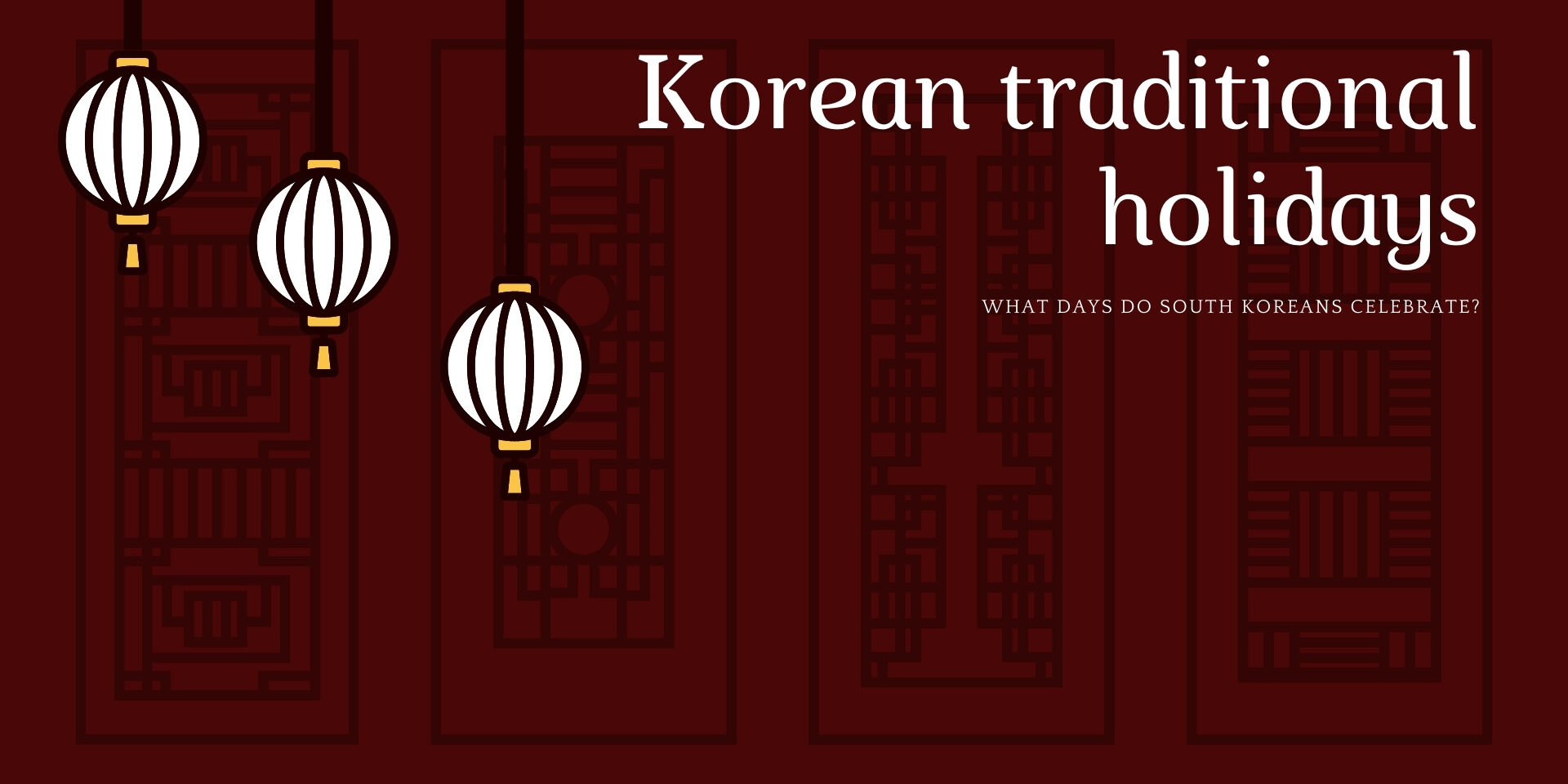In South Korea, most important holidays are celebrated according to the Lunar calendar. Lunar months are approximately 29 and a half days long, which means that when converted to the solar calendar, lunar holidays’ dates vary because officially, the country follows the Gregorian calendar. Here are the main Korean traditional holidays!
Seollal
Seollal is lunar New Year’s Day. It is based on the Korean lunar calendar and marked on a different day each year between the months of January and February. In 2023, Seollal was on January 22nd. During this holiday, Koreans get a few days off of work. They usually go to their hometown to pay respect to their ancestors and visit their families. People perform memorial services (charye) and visit the deceased family members’ graves. The typical Seollal dish is the Tteokguk, a rice cake soup usually served in the morning of Seollal day.
Preparations for the day involved getting gifts for your loved ones. Popular gifts are money, food, and self-care products such as toiletries or healthy snacks. Some families play traditional board games such as yutnori, which is similar to Western parcheesi tournaments. Overall, Seollal is a very family-centered holiday filled with a lot of joy and laughter!
Chuseok
Chuseok is the Korean thanksgiving. It usually falls at the end of the year, between September and October. This year, it will be on September 28th. Koreans celebrate it on the day of the biggest full moon of the year according to the Lunar calendar. Similarly to Seollal, on Chuseok day, people spend time with their loved ones and celebrate their ancestors’ lives by doing charye. Typical Chuseok food involves Haepssal which is a kind of rice, and Songpyeong which are rice cakes filled with sweet things like honey, sesame and soybean paste. These dished are eaten as well as offered to the deceased during charye.
This holiday along with Seollal often marks the organization of folk events around the country. Performances of traditional music, dance or wrestling can be observed.
Dano
Dano is the 5th day of the 5th month of the Lunar year. This year, it falls on June 22nd. It is the third most important holiday in South Korea and usually takes place in June. This day celebrates agriculture and is therefore a time to perform ancestral rituals and participate in particular events, such as the Gangneung Dano festival for instance which focuses on folklore and traditional elements of Korean culture from the Joseon dynasty. This festival is so important to Korean cultural preservation that it was classified by UNESCO: “The festival includes a shamanistic ritual on the Daegwallyeong Ridge, which pays tribute to the mountain deity and male and female tutelary deities. It encompasses traditional music and Odokddegi folk songs, the Gwanno mask drama, oral narrative poetry, and various popular pastimes.”
Seokga Tansinil
Buddhism is one of the main religions in South Korea with around 25% of the population identifying with it. Buddha’s birthday is celebrated in Korea at the corresponding date of the lunar calendar, usually in May. This day is a bank holiday so even non-buddhist people celebrate it in a way. The celebration expends for two weeks and finish with the Lantern festival or Yeon Deung Hoe. The festival is more like a parade as it follows a precise path. It starts in Dongguk university and finished at Jogyesa temple. This procession happens in the evening, when the sun is setting. It is definitely a must-have experience if you’re visiting Korea in May!
South Korean traditional holidays are amazing to experience as a foreigner as they really immerse you into cultural practices, so don’t hesitate and join in the celebrations during your stay!





